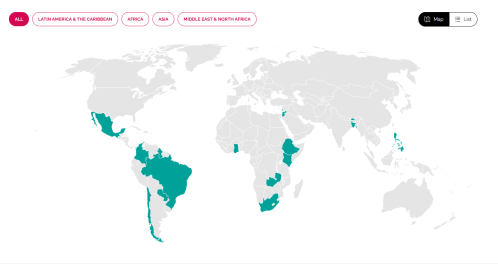Economic inequality across American households has been growing for a number of years. Research shows that more and more young, middle class families are struggling to reach the levels of economic success that their parents enjoyed. Isabel Sawhill, co-director of the Center on Children and Families and co-author of Getting Ahead or Losing Ground: Economic Mobility in America examines how upwardly mobile we really are.
Getting Ahead or Losing Ground: Economic Mobility in America, by Ron Haskins, Julia Isaacs and Isabel Sawhill
Transcript
“We have had, for a number of decades now, growing inequalities in income and wealth in the United States. This has been less troubling to many people than it might otherwise be, because of their belief that we have a lot of opportunity. So even though the rewards for success and the penalties for failure in the economy are now very large, as long as everyone has fair shot at those rewards people are reasonably tolerant of inequality. So, I think right now, given that these inequalities, these gaps between the rich and the poor are larger than they have been for many years, it’s a particularly timely point at which to assess how many opportunities people actually have.
“What our research is showing is that there is less intergenerational mobility or opportunity to achieve the American dream than many people believe in the U.S. That doesn’t mean we don’t have a fair amount of opportunity. People who are born, for example, into a middle income family have about an equal shot at either moving up on the economic ladder or moving down. We have a lot less mobility at the top and the bottom of the ladder. If you’re born into a poor family, it’s very hard to escape and similarly, if you’re born into a rich family, you’re likely to stay there, we call that stickiness at the ends of the distribution. The notion of rags-to-riches in a generation is mostly a myth. So, the glass is half empty and half full, we have a fair amount of mobility but the American dream is a little frayed right now.
“A new administration needs to focus on the issue of how we increase opportunity in our society for every one regardless of their family background to have a shot at the American dream. And that means, basically, having a very strong education system including much more investment in early childhood education for children from less advantaged families. We find in our research that is one of the most highly leveraged and cost-effective ways to improve opportunities in the United States. That needs to be followed up, obviously by a strong K-through-12 education system and greater access to higher education. The research shows that a chance to go to college is increasingly related to whether or not one’s family can afford the rising tuitions that we’ve seen. So, this is an area that needs to be addressed.”



Commentary
Economic Mobility
February 20, 2008